Not a food blog, but here we are, Ecuador edition part 2.
Let's talk about street food: because the best food doesn’t come with a menu.
Last summer, I spent three months in Ecuador, visiting and getting to know my now wife’s family. I have already written an article reflecting on my experience and thinking about the similarities and differences between Ecuador and Europe; this time, I want to focus on a specific topic.
I don’t usually write about food here, but Ecuador deserves an exception. From street snacks to traditional dishes, this post is about what I ate, what I loved, what surprised me, and what didn’t quite hit the mark.
I’m a foodie who loves trying new things and rarely complains at the table, and yes, I enjoyed Ecuadorian cuisine.
In the previous part, I talked about the base ingredients of the Ecuadorian cuisine. In this post, I’m going to focus on one of the most exciting parts of eating in Ecuador: the street food. Whether in the highlands, the Amazon, or a small town market, you’ll find stalls, carts, or just someone with a grill offering something delicious. You can grab a pincho (a meat skewer, usually with sausage or chicken), salchipapas (potato fries with sliced hot dogs and lots of sauces), or a tripa mishqui (grilled intestines). There’s always something cooking on the street, and it’s not just about the food—it’s the smells, the quick chats, the energy. Eating on the go becomes part of the cultural experience, and it’s often where I find the most authentic flavours.
Empanadas
Empanadas come in various forms, the most popular being empanadas de viento, cheese-filled, deep-fried pastries dusted with sugar, especially common in the highlands. Other varieties include empanadas de verde made with green plantain dough and typically filled with meat or cheese, and empanadas de morocho, made from a special type of corn. Whether sweet or savoury, empanadas are a staple of Ecuadorian street food and are often enjoyed with a hot cup of coffee (my favourite way to eat them), morocho (a sweet corn and milk drink) or ají (spicy sauce) on the side.
Tripa mishqui
Tripa mishqui is a traditional dish, particularly popular in the Andes, made from beef or pork intestines that are thoroughly cleaned, seasoned, and then grilled until crispy. The name mishqui comes from the Quechua word for "delicious" or "tasty," reflecting the dish's bold and savoury flavours. The intestines are often marinated with garlic, cumin, and other spices, and then cooked to perfection, typically served with sides like mote (hominy corn), papas (potatoes), and a spicy ají sauce. It's a beloved street food and a staple in local markets, known for its rich, earthy taste and crispy texture.
I have to say, tripa mishqui wasn’t really for me, not because it wasn’t well prepared, but because of the texture. It’s chewy, and you have to bite it for quite a while, which just isn’t something I enjoy, no matter how good the flavour might be.
Ceviche de chochos
Ceviche de chochos is a unique variation of Ecuadorian ceviche, made with chochos (also known as lupini beans). This dish is popular in the highlands and is a refreshing, vegetarian alternative to traditional seafood ceviche. Chochos are boiled, soaked, and then marinated with fresh lime juice, onions, tomatoes, cilantro, and a touch of ají for some heat. Often served with sides like popcorn, chifles (fried plantain chips) or toasted corn. Ceviche de chochos is a tangy and satisfying dish, loved for its light, zesty flavour and high protein content.
Ceviche de chochos was one of my favourite dishes in Ecuador. Sometimes it’s even served with a bit of pork skin mixed in it (not my favourite version), which adds a delicious salty contrast. It’s the kind of dish you can eat any time of day and always feel satisfied.
Pinchos
Pinchos are a popular street food, simple, tasty, and perfect for a quick bite. Typically made with skewered pieces of grilled meat (often beef, chicken, or sausage), they’re usually served hot off the grill with a slice of grilled plantain or potato on top. Seasoned with spices and sometimes brushed with a tangy sauce, pinchos are a favourite at street stalls, markets, and festivals. It’s the kind of snack that’s hard to resist when you catch a whiff of the smoky grill.
One evening, after a basketball match, I had pinchos just outside the arena with my wife’s family. It was simple, casual, and one of those everyday moments that stick with you.
Salchipapas
Salchipapas is a beloved Ecuadorian comfort food, especially popular as a street snack or casual meal. The name comes from its two main ingredients: salchicha (sausage) and papas (potatoes). Slices of fried sausage are served over a bed of crispy French fries and topped with sauces like ketchup, mayonnaise, mustard, and sometimes ají for a spicy kick. It’s simple, salty, and satisfying, perfect for a late-night bite or a quick meal on the go.
My wife’s family had me try salchipapas from different street vendors around town, just to see which one I thought was the best. It became a fun little challenge, and a delicious way to compare local favourites.
Tortillas
Ecuadorian tortillas are quite different from the flat, thin versions found in Mexico. In Ecuador, they’re usually thick, round cakes made from corn, wheat, yuca or plantain, often stuffed with cheese and cooked on a griddle until golden and crispy on the outside. You’ll find them served at markets for breakfast or afternoon coffee.
Now, let’s switch to something sweet. Here are a few sweet treats that deserve a mention.
Helado de paila
Helado de paila is a traditional ice cream made by hand in a large bronze pan (paila). Originating from Ibarra in the north of Ecuador, this frozen treat is prepared by stirring fruit juice, sugar, and sometimes pieces of fruit over ice and salt until it naturally freezes. Made without dairy, it's light, refreshing, and full of natural fruit flavour, like mora (blackberry), naranjilla, or mango. Watching it being made is part of the experience, and tasting it is pure joy on a hot day.
Espumilla
Espumilla is a traditional Ecuadorian dessert that looks like ice cream but is actually a fluffy meringue made from whipped egg whites, sugar, and fruit puree, usually guava or blackberry. It’s sweet, airy, and often served in cones or cups, topped with sprinkles or syrup. You’ll often find it sold by street vendors, especially in markets and during festivals.
Bunuelos
Buñuelos de maíz from Riobamba, Ecuador, are a beloved local delicacy, offering a delightful twist on the classic fritter. Made primarily from corn flour, these buñuelos are typically light and fluffy with a subtly sweet flavour, often enhanced by a hint of anise. They are a popular treat enjoyed originally during Christmas time, now it is possible to find them all year round and enjoy them during celebrations and everyday gatherings, frequently served with fig sauce or drizzled with panela syrup.
Choco Banana
Choco banana is a simple but beloved Ecuadorian treat: a frozen banana dipped in melted chocolate and sometimes coated with sprinkles, peanuts, or coconut. You’ll often find them sold by street vendors or in small shops, especially on hot days. It’s sweet, refreshing, and nostalgic—one of those snacks that feels both homemade and universally comforting.
I stop now, but there is much more to say. I will continue the series talking about traditional dishes in the next post. Until then, have you tried any of the dishes mentioned in this post? I would love to hear your experiences.
If you enjoyed it, please consider subscribing, upgrading to a paid subscription, or buying me a coffee. You can also share it with people you think might like this content.
See you soon
Flavio







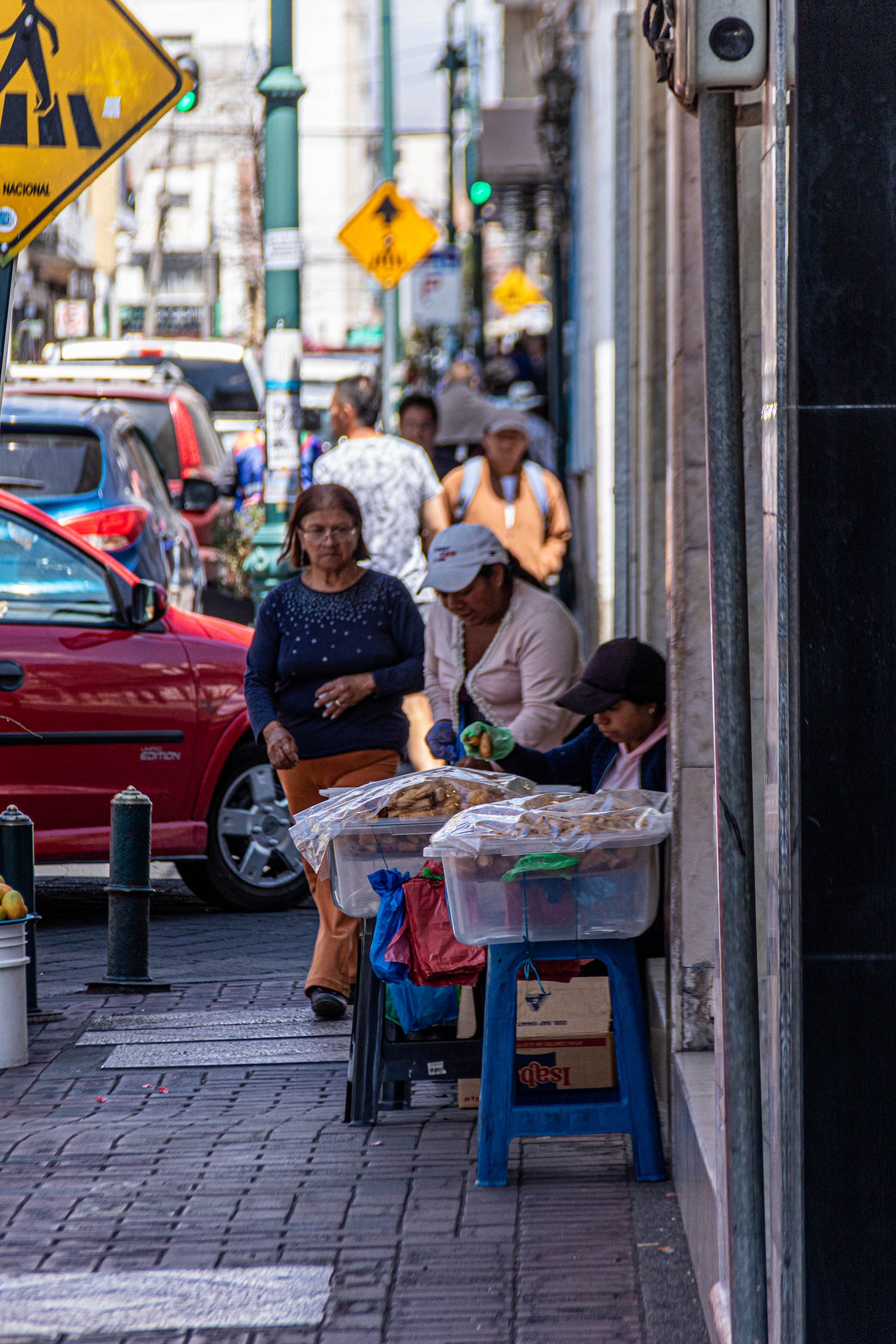

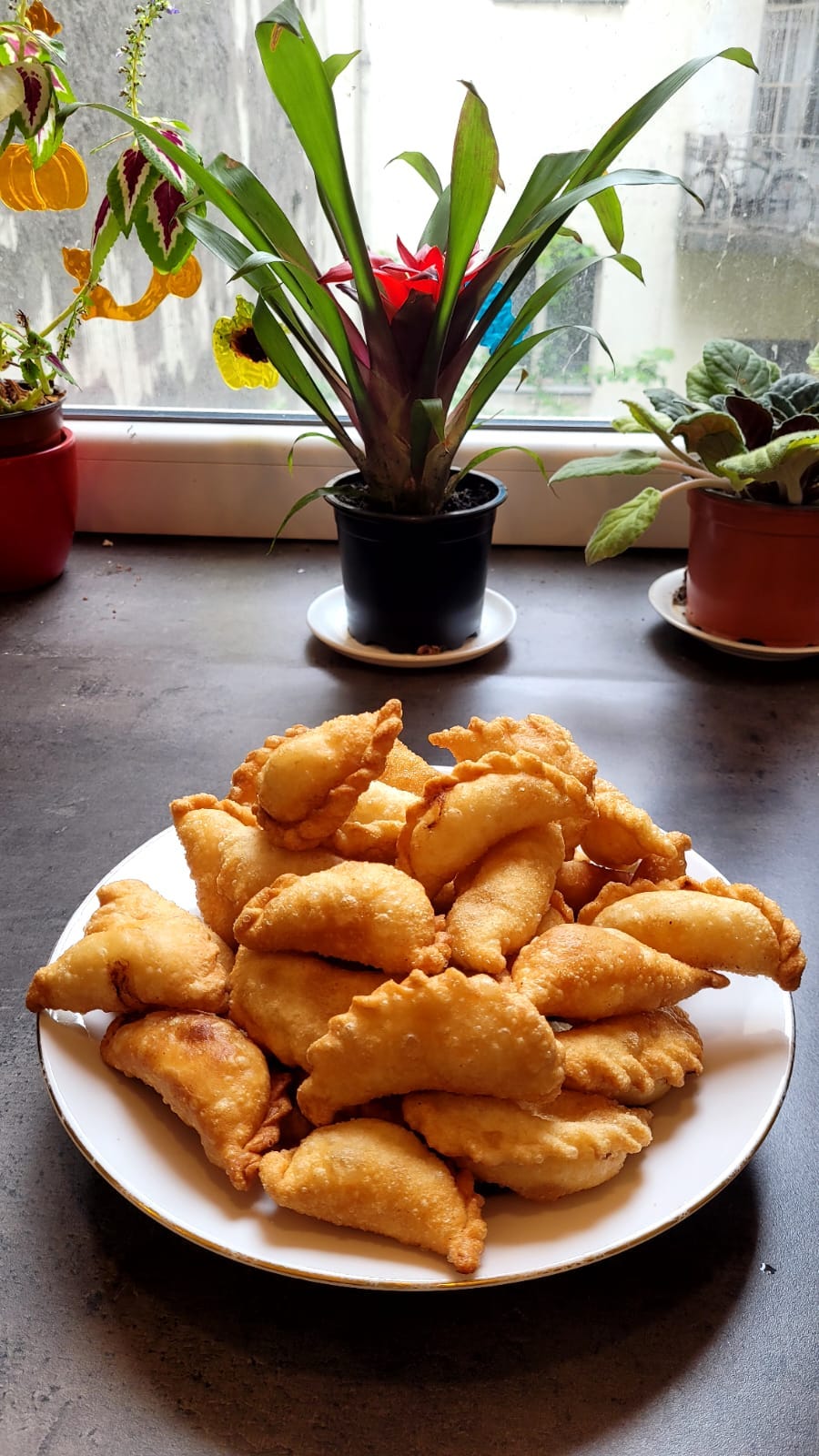
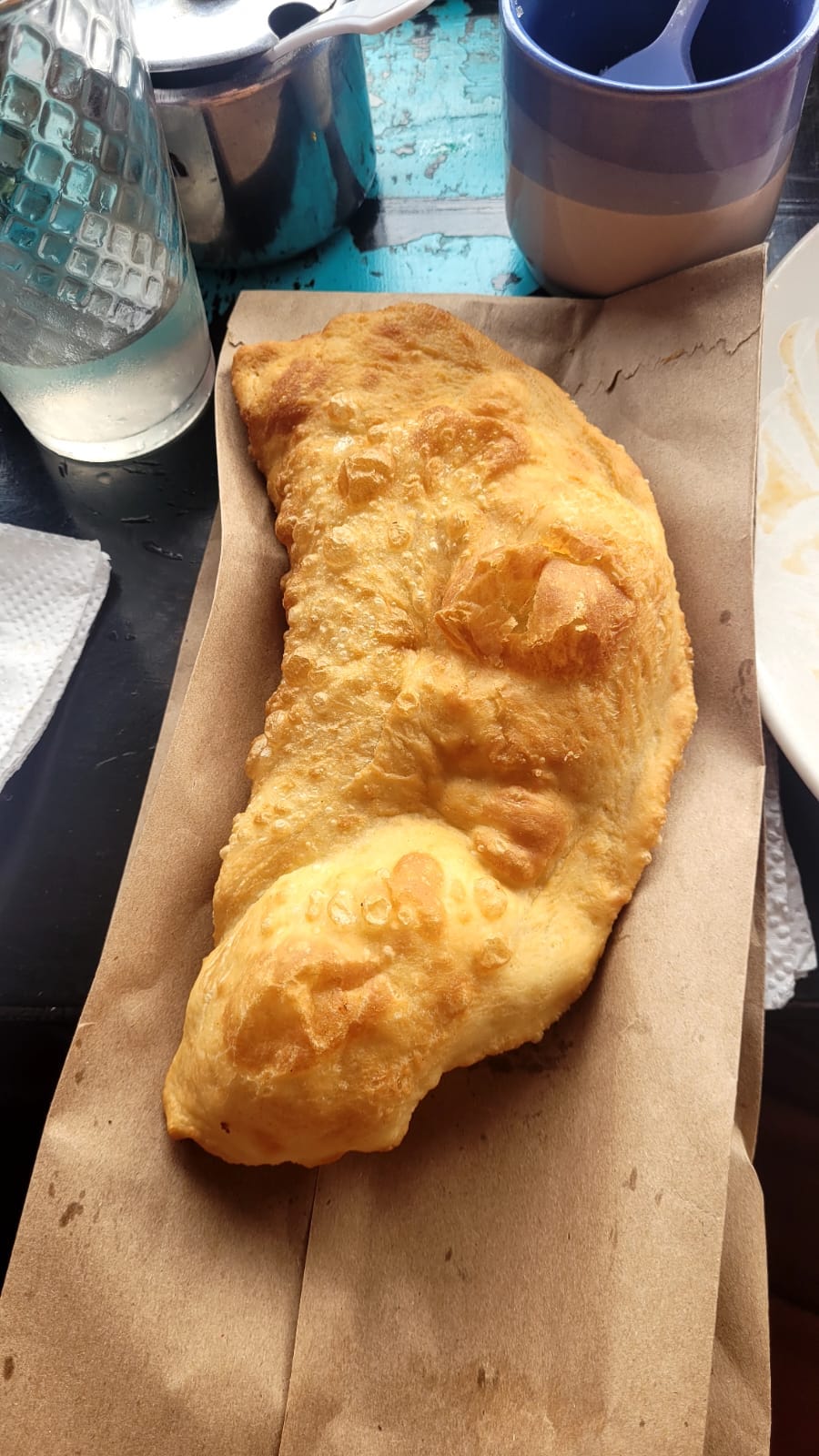

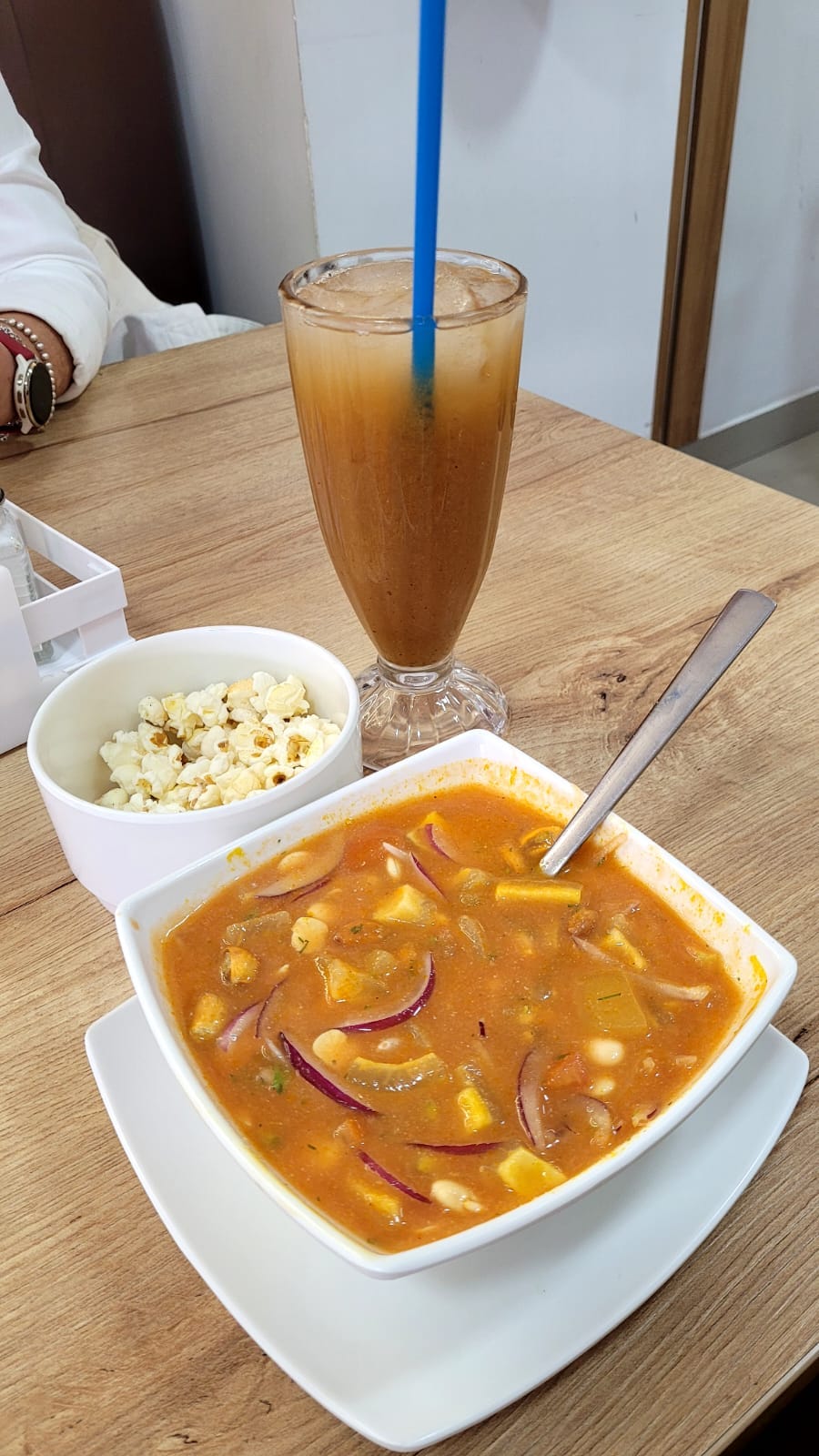
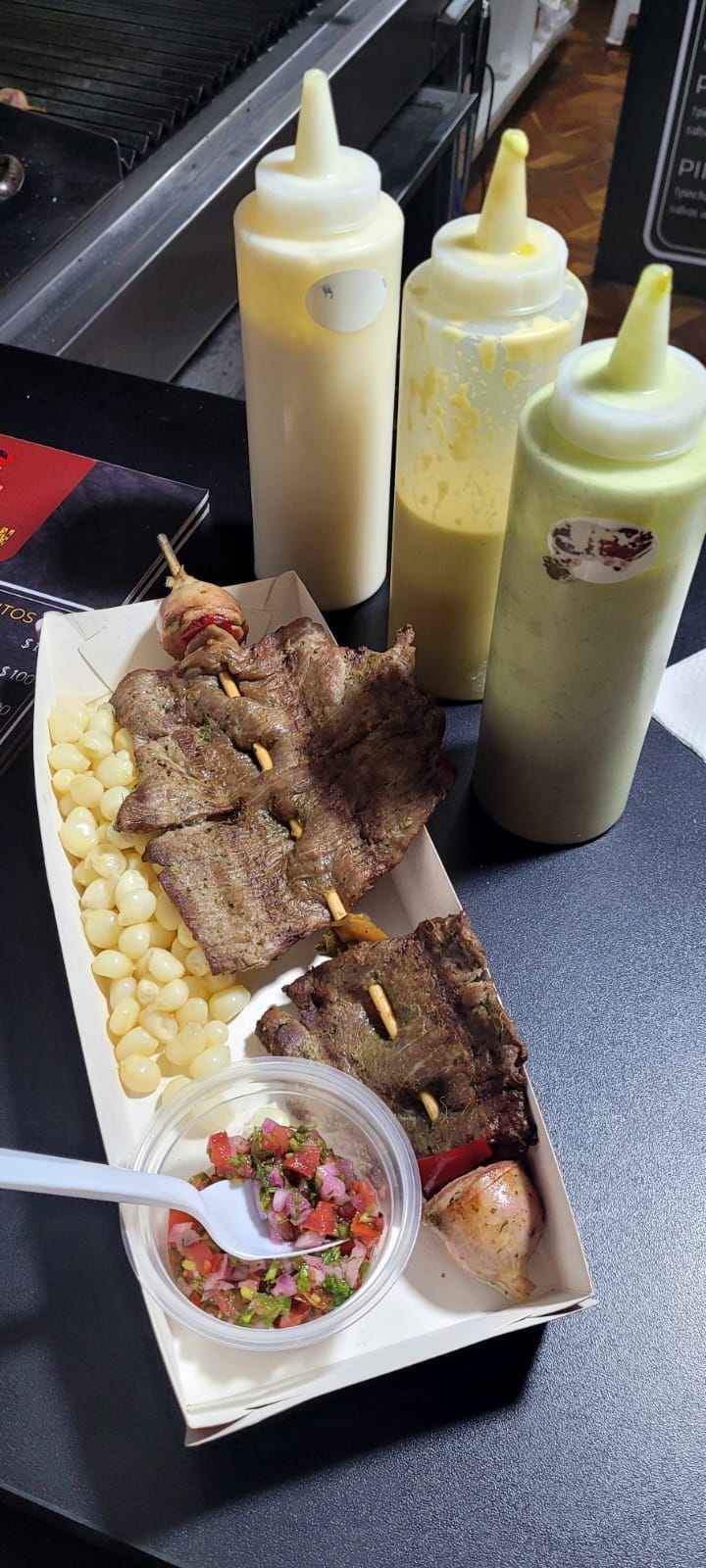
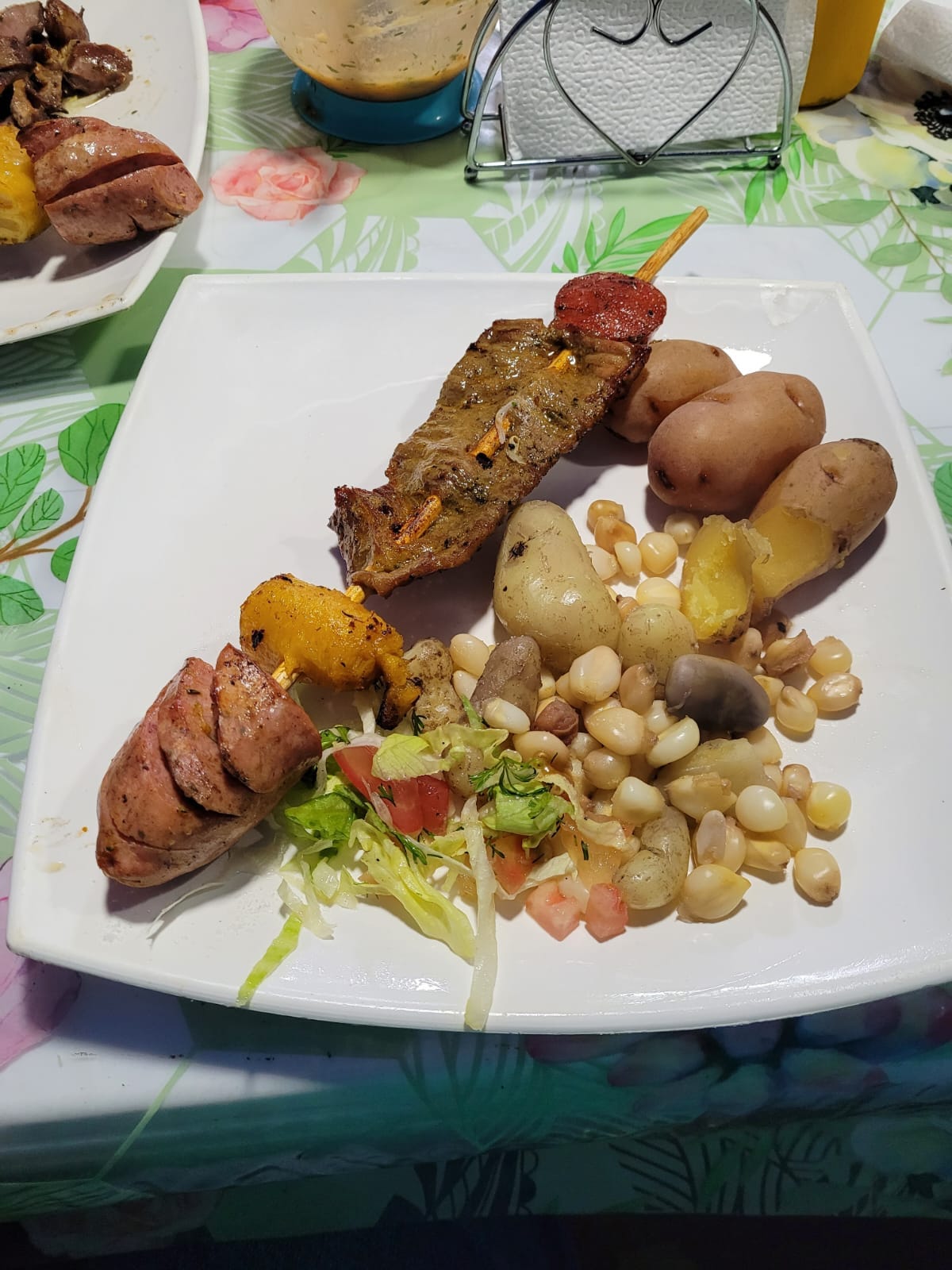
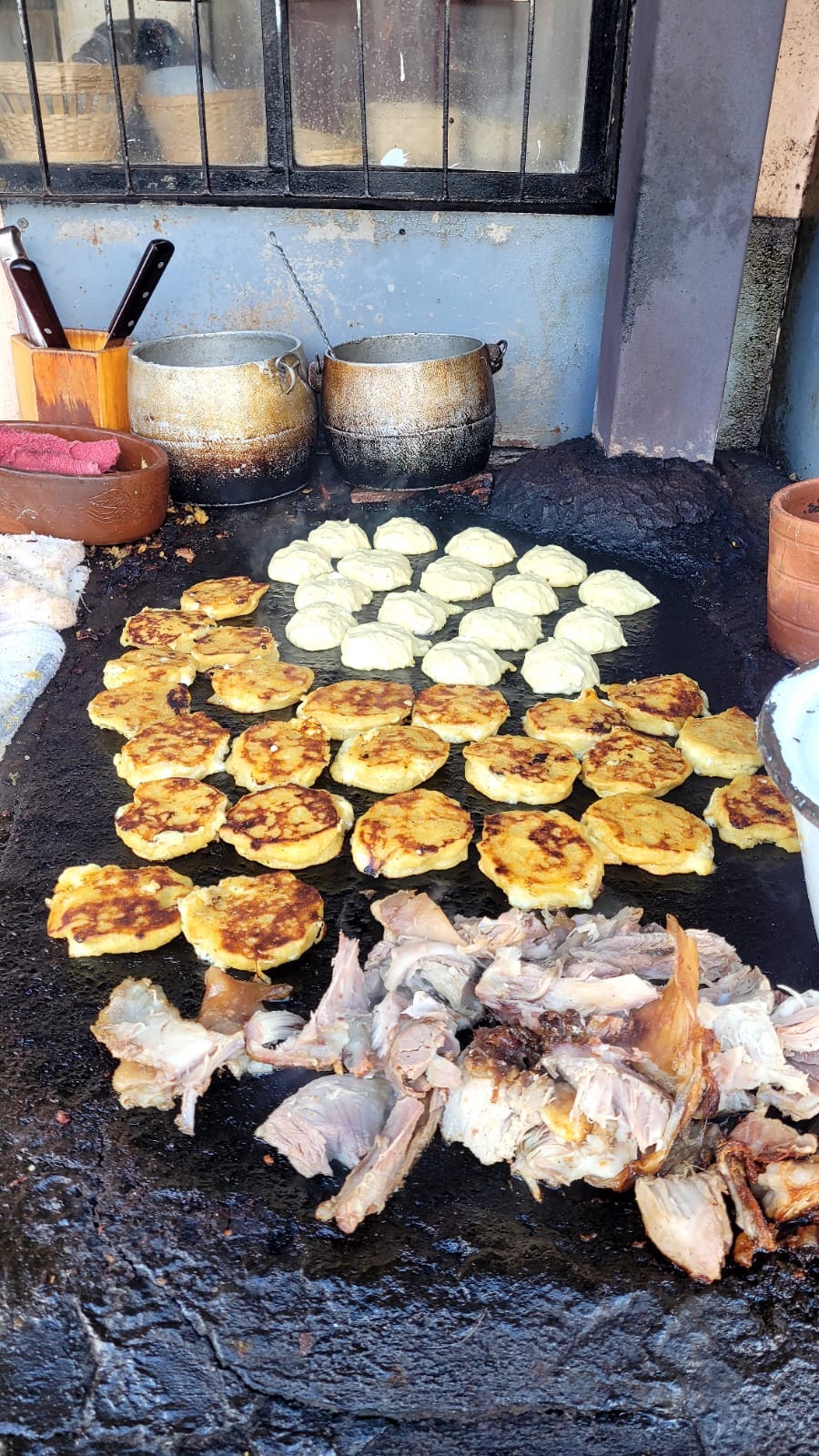
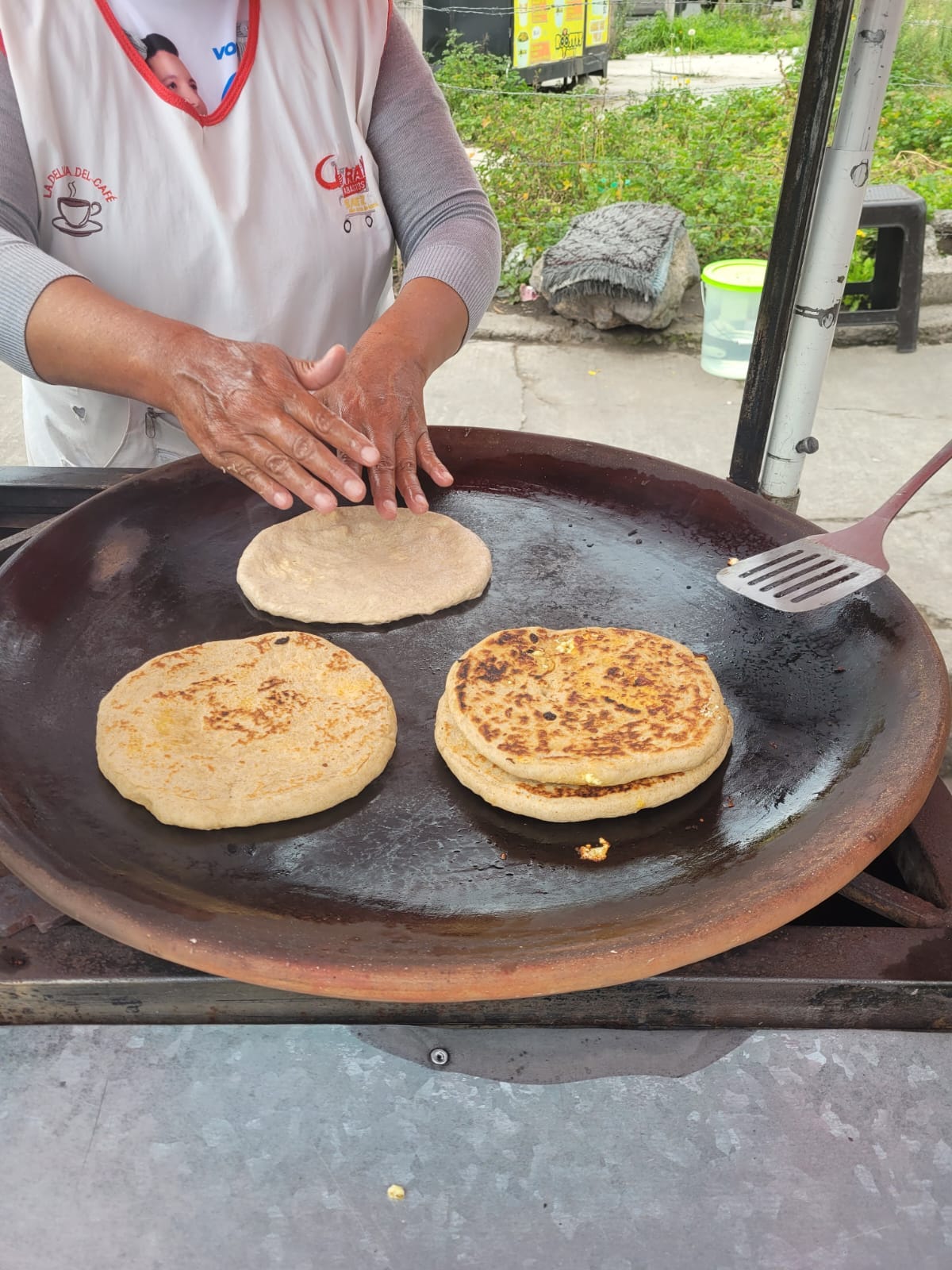


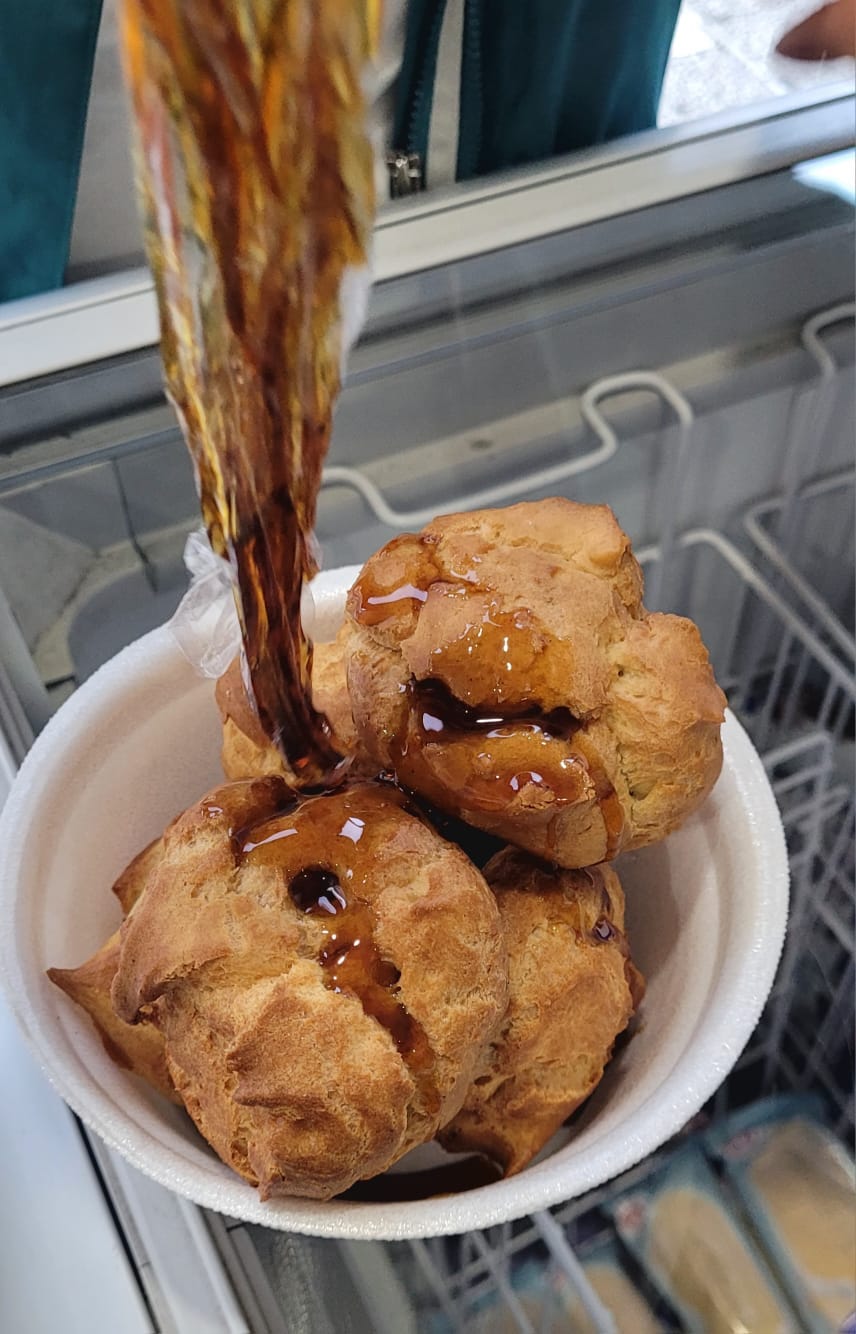


Yummm...You can't read this post and not get hungry. The food looks and sounds delicious. I ate quite a few of those dishes when we stayed in Ecuador for a couple of weeks -- my favorite are definitely the Ecuadorian tortillas!